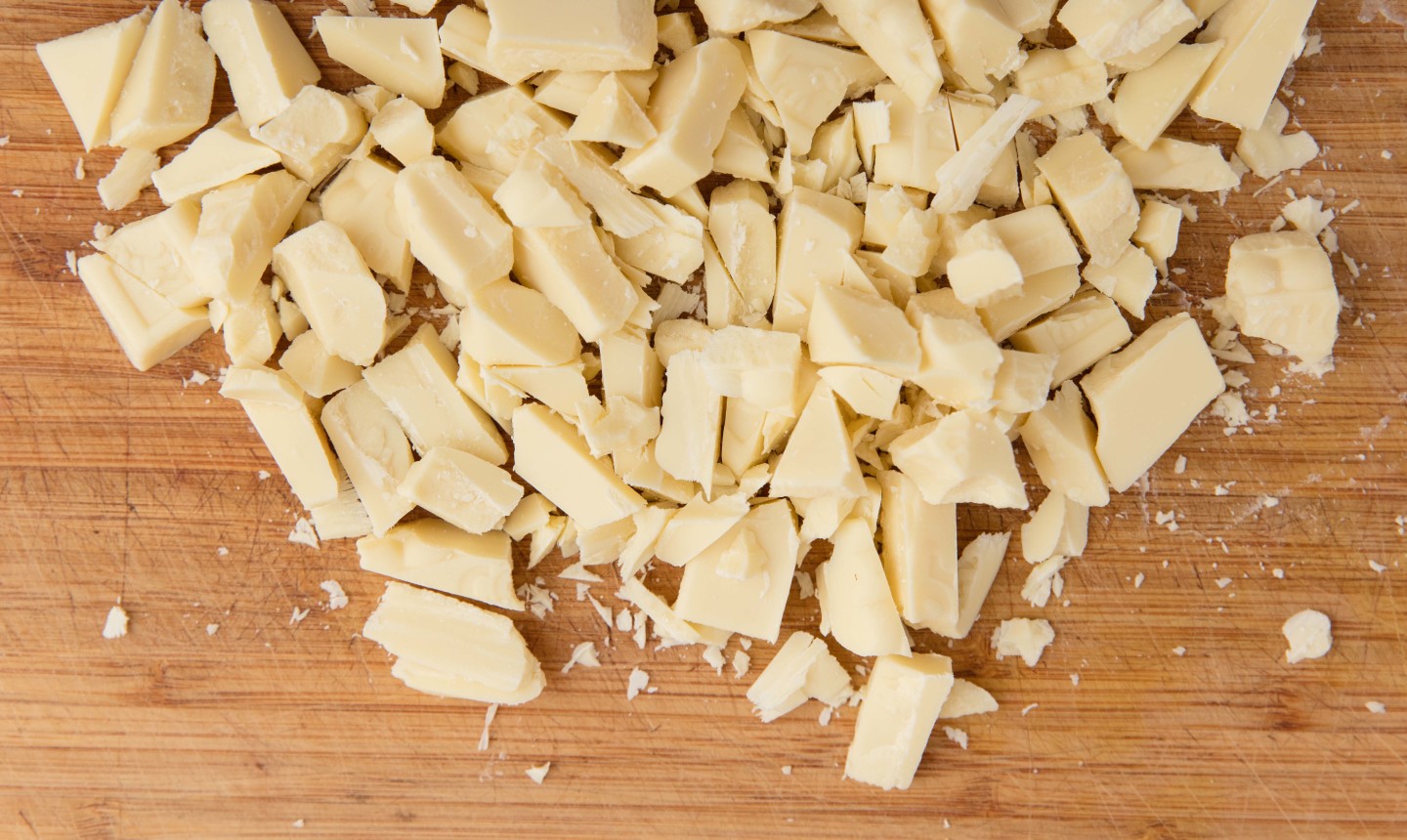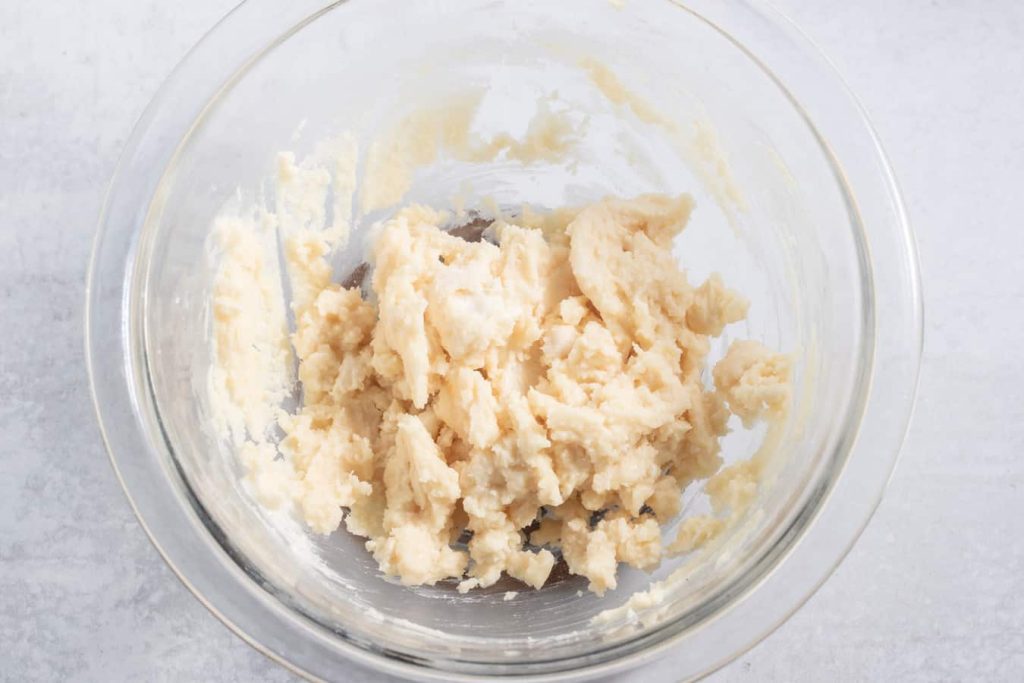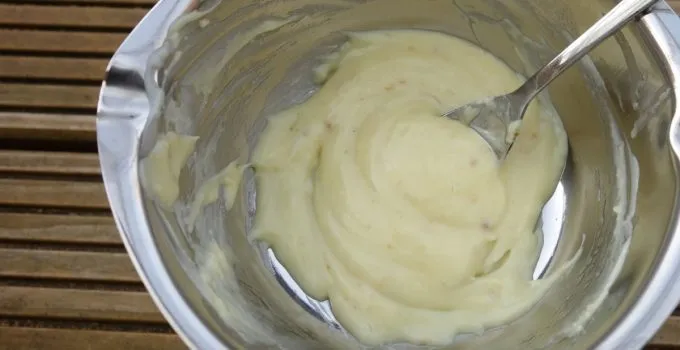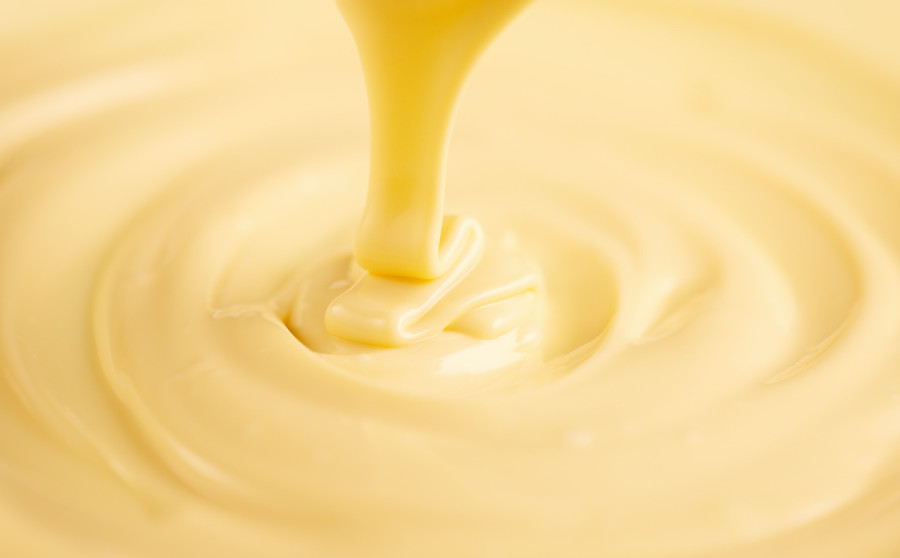Why White Chocolate Won't Melt Easily? Reasons and Solutions!

When melted, white chocolate is smooth and silky with a mild yet sweet flavor, making it ideal for fondue, ganache, and spreading over fruit or baked goods.
Due to its lower melting point, it is recognized as the most challenging chocolate to melt. It will not melt if heated for a short period or at a high temperature, and it will simply ‘seize up’ if it comes into contact with water.
When your chocolate seizes instead of melting, you’ll end up with a clumpy concoction that won’t pour. But why does this happen, and what can we do about it?
Let’s get right to work.
What’s the deal with my white chocolate that won’t melt?

Because it comes into contact with water, your white chocolate will not melt correctly and seize. Even the slightest bits of water will cause the chocolate to seize if it comes into touch with it.
This happens when water comes into touch with the dry particles, causing them to adhere together and form dry clumps, which subsequently seize the chocolate. The chocolate will not melt in this situation and will remain dry and clumpy.
Another reason your white chocolate isn’t melting is when it’s being heated at extremely high temperatures and is broken up into too many chunks. White chocolate, among milk, white, and dark chocolate, has the lowest burning point, at 110 degrees Fahrenheit.
The white chocolate will not melt if heated to a higher temperature; instead, it will clump and become dry and muddy. It is relatively easy to happen when heating chocolate, and you must be careful not to overheat it.
What is the best way to keep white chocolate from burning?
Heat white chocolate at low temperatures and keep an eye on it at all times to prevent it from burning.
If you’re using a double boiler, make sure the water in the bottom is simmering and keep it there the entire time to keep the chocolate from getting too hot. You can use a food thermometer to check the temperature of the white chocolate as it cooks if you have one.
Even after you have removed the white chocolate from the flame, keep stirring to ensure that it has thoroughly cooled.
When melting white chocolate in the microwave, make sure it’s cut into tiny pieces and heated in 20-second increments, then 15 seconds at a time, stirring in between. To avoid overheating, remove the white chocolate before it is completely melted and maintain swirling until it is completely melted.
White chocolate, unlike milk or dark chocolate, is far more delicate. As a result, keep an eye on it.
How do I restore the white chocolate that has been seized?

It may appear that your white chocolate has seized when you first see it, but it can be salvaged.
All you have to do now is add additional liquid, even though liquid was the source of the problem in the first place. Stir in one teaspoon of boiling water at a time until well incorporated. It should assist in melting the mixture and blending it.
The mixture should be smooth and creamy when you’ve added enough. Your white chocolate will be melted after a few minutes.
Note that while your chocolate will be diluted, it will be acceptable to use it in liquid form for sauces, but not if you need to add it to something else because the flavor will be diluted.
What can I do if my white chocolate has been overheated?
There is a solution to cure white chocolate from overheating due to melting it at too high a temperature. Stir in the rest of the white chocolate. This should blend it, smooth out the texture, and cool the concoction down.
Alternatively, you might try filtering or mixing the lumps out first. Cool it first, then combine it with some chocolate bits.
FAQs
What is the best way to melt white chocolate?
You can melt white chocolate in a double boiler or the microwave.
If you’re using a double boiler, make sure to melt it on low heat and constantly stir, so it doesn’t overheat. If you’re using the microwave, heat for 20 seconds at a time, stirring after each.
Remove it from the oven just before it melts fully and swirls to melt it.
What should you do if your white chocolate refuses to melt?
If your white chocolate refuses to melt, it has either seized or become too hot.
To prevent seizing, add one teaspoon of hot water at a time, stirring thoroughly after each addition. This solution should blend everything and allow it to melt.
Transfer it to another bowl and add more white chocolate pieces to cool it down if it becomes too hot. It should bring the temperature down and allow the ice to melt.
What is the best way to thin melt white chocolate?

When decorating cakes or dipping fruit in melted white chocolate, bakers prefer to thin it out to make it more pourable. As a result, it has a more liquid consistency and is easier to deal with.
Adding a spoonful of vegetable or coconut oil to melted white chocolate after it has melted is the best way to thin it out. When the mixture is dry, the oil will thin it out and give it a wonderful sheen. You can thin the melted white chocolate even more by adding another spoonful.
Thinning chips are also available at specialty baking stores. Then, after they’re melted, add them to your melted white chocolate to thin the mixture.
What is the best way to tint white chocolate?
It may not be easy to color chocolate. Still, it is pretty simple to keep track of the type of coloring to apply. Regular liquid food coloring contains water, causing the white chocolate to seize.
Use food colorings that are based on oil rather than water. They’ve been designed specifically for coloring chocolate. They also give the chocolate a vivid hue without causing it to seize.
You can make use of powder food coloring, available at most baking stores. This will also help to prevent the chocolate from seizing.











